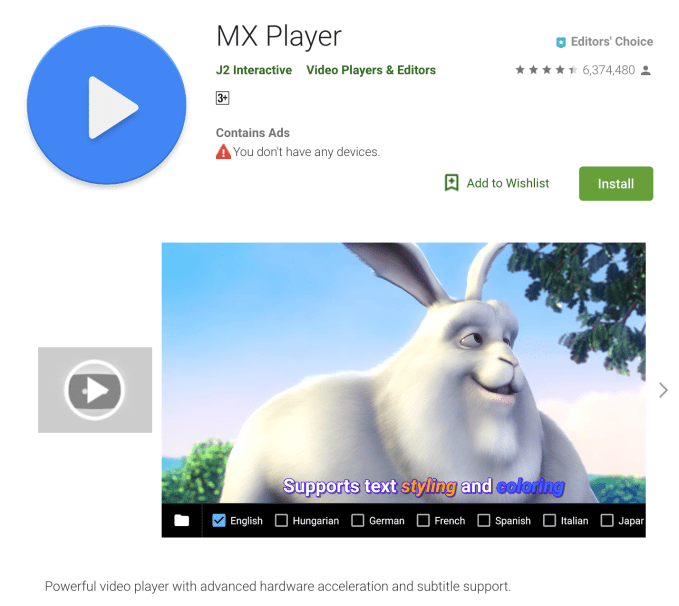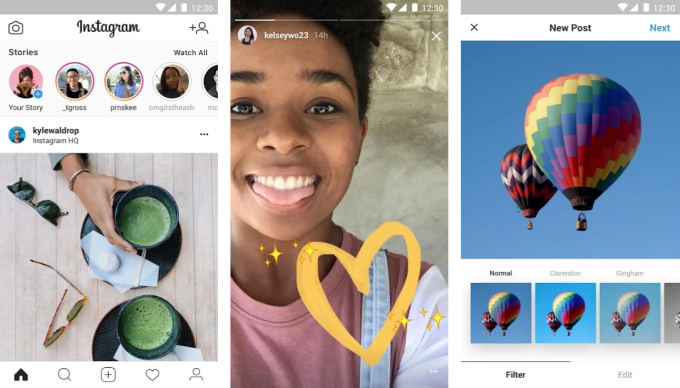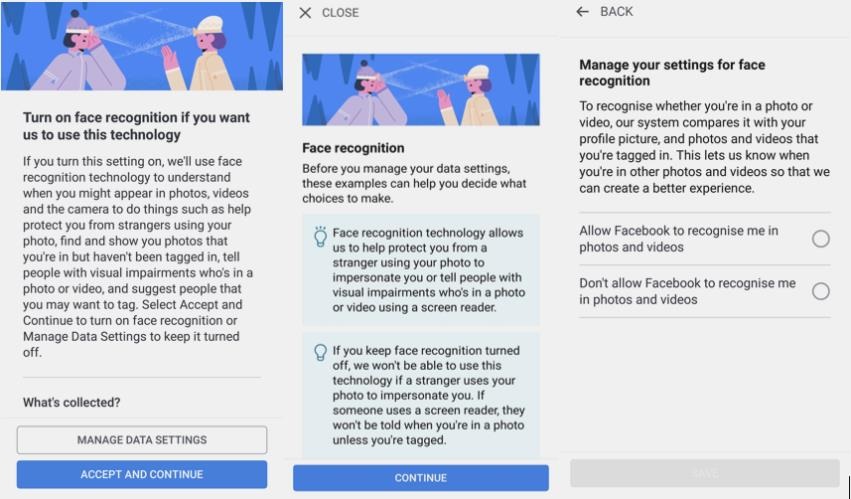What3words, a startup that has divided the entire world into 57 trillion 3-by-3 meter squares and assigned three words to each one, has disclosed three new investors all from the automotive world.
What3words announced Thursday that the venture arm of China’s largest auto group SAIC Motor, Formula 1 champion Nico Rosberg, and audio and navigation systems company Alpine Electronics have invested in the London-based company. Existing investor Intel Capital also participated in the round.
The latest funding round will be used to expand into new markets and product developments.
The investment, which was not disclosed, illustrates interest in the industry for technology that simplifies the user experience in cars, can be easily used with voice commands, and prepares companies for the age of autonomous vehicles. Since, the addressing system gives a unique three-word combination to a location it fixes a major flaw with a lot of voice-operated navigation systems: duplicate street names.
The company has assigned these 57 trillion squares a unique three-word name using an algorithm that has a vocabulary of 25,000 words. The system, which anyone can use via the what3words app, is available in more than a dozen languages. For instance, if you want to meet a friend in a specific corner of the Eiffel Tower in Paris, you can send the three-word address prices.slippery.traps. An Airbnb host might use a three word address to direct a guest to a tricky entrance. Someday, riders might be able to say or type in a three-word address to direct a self-driving car to drop them off a specific entrance at a large sports arena.
“This fund raise cements the direction this company is going,” What3words CEO Chris Sheldrick told TechCrunch. “Which is how, in the future, we are going to tell cars and devices and voice assistants where we’re going.”
Earlier this year, what3words disclosed that Daimler had taken 10% stake in the company. Daimler’s stake and these recently revealed investors are all part of its Series C funding round.
The company’s novel global addressing system has been integrated into in Mercedes’ new infotainment and navigation system—called the Mercedes-Benz User Experience or MBUX. The MBUX debuted on the new Mercedes A-Class, a hatchback that went on sale outside the U.S. in the spring. A sedan variant of the A-Class will come to the U.S. market in late 2018.
TomTom also announced plans last month to integrate what3words into its mapping and navigation products in the second half of this year. TomTom supplies its automotive navigation and traffic technology to car manufacturers, including Volkswagen, Fiat Chrysler, Alfa Romeo, Citroën and Peugeot.
The company is in talks with other automakers and suppliers to get what3words integrated into vehicle infotainment systems.








